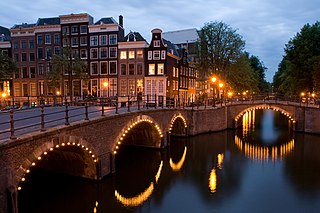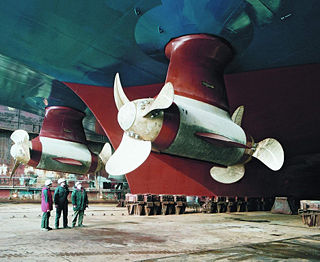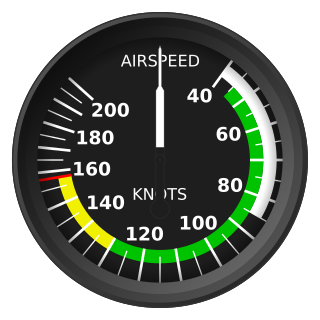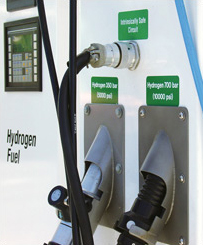
While a significant majority of water vessels are powered by diesel engines, with sail power and gasoline engines also popular, boats powered by electricity have been used for over 120 years. Electric boats were very popular from the 1880s until the 1920s, when the internal combustion engine took dominance. Since the energy crises of the 1970s, interest in this quiet and potentially renewable marine energy source has been increasing steadily again, especially as solar cells became available, for the first time making possible motorboats with an infinite range like sailboats. The first practical solar boat was probably constructed in 1975 in England. The first electric sailboat which made a round-the-world tour, including the through the Panama Canal, with only green technologies is EcoSailingProject.

A hydrogen vehicle is a vehicle that uses hydrogen as its onboard fuel for motive power. Hydrogen vehicles include hydrogen-fueled space rockets, as well as automobiles and other transportation vehicles. The power plants of such vehicles convert the chemical energy of hydrogen to mechanical energy either by burning hydrogen in an internal combustion engine, or, more commonly, by reacting hydrogen with oxygen in a fuel cell to run electric motors. Widespread use of hydrogen for fueling transportation is a key element of a proposed hydrogen economy.
Hydrogen fuel is a zero-emission fuel when burned with oxygen. It can be used in electrochemical cells or internal combustion engines to power vehicles or electric devices. It has begun to be used in commercial fuel cell vehicles such as passenger cars, and has been used in fuel cell buses for many years. It is also used as a fuel for the propulsion of spacecraft.

A fuel cell vehicle (FCV) or fuel cell electric vehicle (FCEV) is a type of electric vehicle which uses a fuel cell, instead of a battery, or in combination with a battery or supercapacitor, to power its on-board electric motor. Fuel cells in vehicles generate electricity to power the motor, generally using oxygen from the air and compressed hydrogen. Most fuel cell vehicles are classified as zero-emissions vehicles that emit only water and heat. As compared with internal combustion vehicles, hydrogen vehicles centralize pollutants at the site of the hydrogen production, where hydrogen is typically derived from reformed natural gas. Transporting and storing hydrogen may also create pollutants.
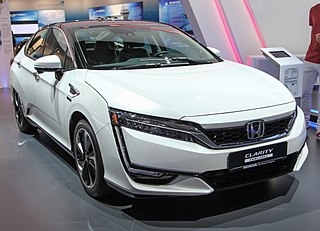
The Honda Clarity is a nameplate used by Honda on alternative fuel vehicles. It was initially used only on hydrogen fuel-cell electric vehicles such as the 2008 Honda FCX Clarity, but in 2017 the nameplate was expanded to include the battery-electric Honda Clarity Electric and the plug-in hybrid electric Honda Clarity Plug-in Hybrid, in addition to the next generation Honda Clarity Fuel Cell.

The Toyota FCHV is a current hybrid hydrogen fuel cell vehicle development programme of the Toyota Motor Corporation, which was leased to a limited number of drivers in the United States and Japan beginning in 2002. "FCHV" stands for "Fuel Cell Hybrid Vehicle". A number of prototypes have been produced, up to the latest FCHV-adv ("advanced").
The project Zemships developed the FCS Alsterwasser, a 100 person hydrogen-power passenger ship, power-assisted by an electric motor that gets its electricity from a fuel cell. The first boat operates on the Alster in Hamburg since 2008. The keel laying at the SSB shipyard in Oortkaten was on 4 December 2007.
A Tuckerboot on hydrogen is an 8-person ship, power-assisted by an electric motor that gets its electricity from a fuel cell. Two boats are operating in Hamburg. The design is based on the AMS Tuckerboot 675.
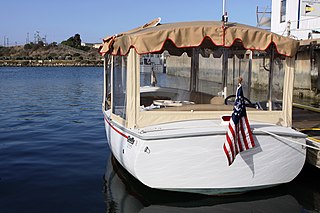
The Duffy-Herreshoff DH30 watertaxi is an 18-person hydrogen fueled passenger ship, power-assisted by an electric motor that gets its electricity from a fuel cell. The watertaxi debuted on October 20, 2003 in San Francisco.
The canal boat Ross Barlow is a hybrid hydrogen narrowboat, power-assisted by an electric motor whose electricity is supplied by a fuel cell or a battery. It debuted on 21 September 2007.
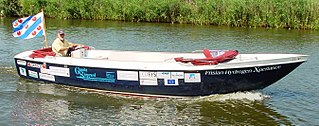
The Xperiance NX hydrogen is a 12-person hydrogen ship, power-assisted by an electric motor that gets its electricity from a fuel cell. The debut was on 23 June 2006 at Leeuwarden, Netherlands.
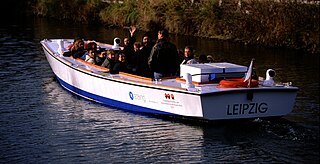
The Hydra is a 22-person hydrogen ship, power-assisted by an electric motor that gets its electricity from a fuel cell. The debut was in June 2000 on the Rhine near Bonn, Germany.
No. 1 is the name of a sailing yacht which is power-assisted by an electric motor that gets its electricity from hydrogen fuel cells. It is the first ever yacht to be fuel cell-powered. The boat was certified under the Germanischer Lloyd guidelines for fuel cells on ships and boats. The yacht's debut was in August 2003 in Japan, and it is commissioned at Lake Constance.
A hydrogen ship is a hydrogen fueled ship, power-assisted by an electric motor that gets its electricity from a fuel cell.

Oasis of the Seas is an Oasis-class cruise ship owned by Royal Caribbean International. Her hull was laid down in November 2007 and she was completed and delivered to Royal Caribbean in October 2009. At the time of construction, Oasis of the Seas set a new capacity record of carrying over 6,000 passengers. The first of her class, she was joined by sister ships Allure of the Seas in December 2010, Harmony of the Seas in May 2016, and Symphony of the Seas in April 2018. Oasis of the Seas conducts cruises of the Caribbean from her home port of Port Canaveral in Cape Canaveral, Florida.
The Hornblower Hybrid is a family of ferry boats belonging to US operator Hornblower Cruises, which are powered with hybrid power trains.
Hybrid ferries combine multiple sources of power, resulting in reductions in fossil fuel consumption, carbon emissions and other pollutants.

Bristol Packet Boat Trips is a limited company offering public and charter excursions in Bristol Harbour and on the River Avon. The company has four boats: the river launch Tower Belle, narrowboat Redshank, glass-topped Bagheera and locally built Flower of Bristol. The company also has an interest in Bristol Hydrogen Boats which has commissioned and built a hydrogen powered ferry boat.

The Toyota Mirai is a mid-size hydrogen fuel cell car manufactured by Toyota, one of the first such sedan-like vehicles to be sold commercially. The Mirai was unveiled at the November 2014 Los Angeles Auto Show. As of December 2017, global sales totaled 5,300 Mirais. The top selling markets were the U.S. with 2,900 units, Japan with 2,100 and Europe with 200.

